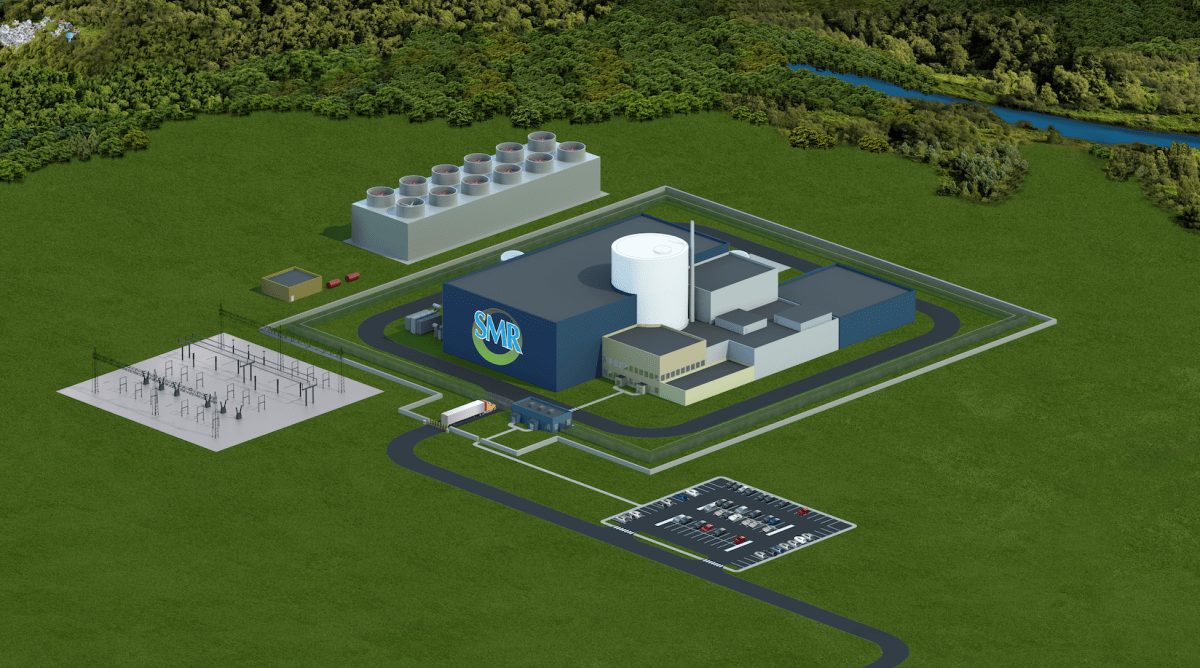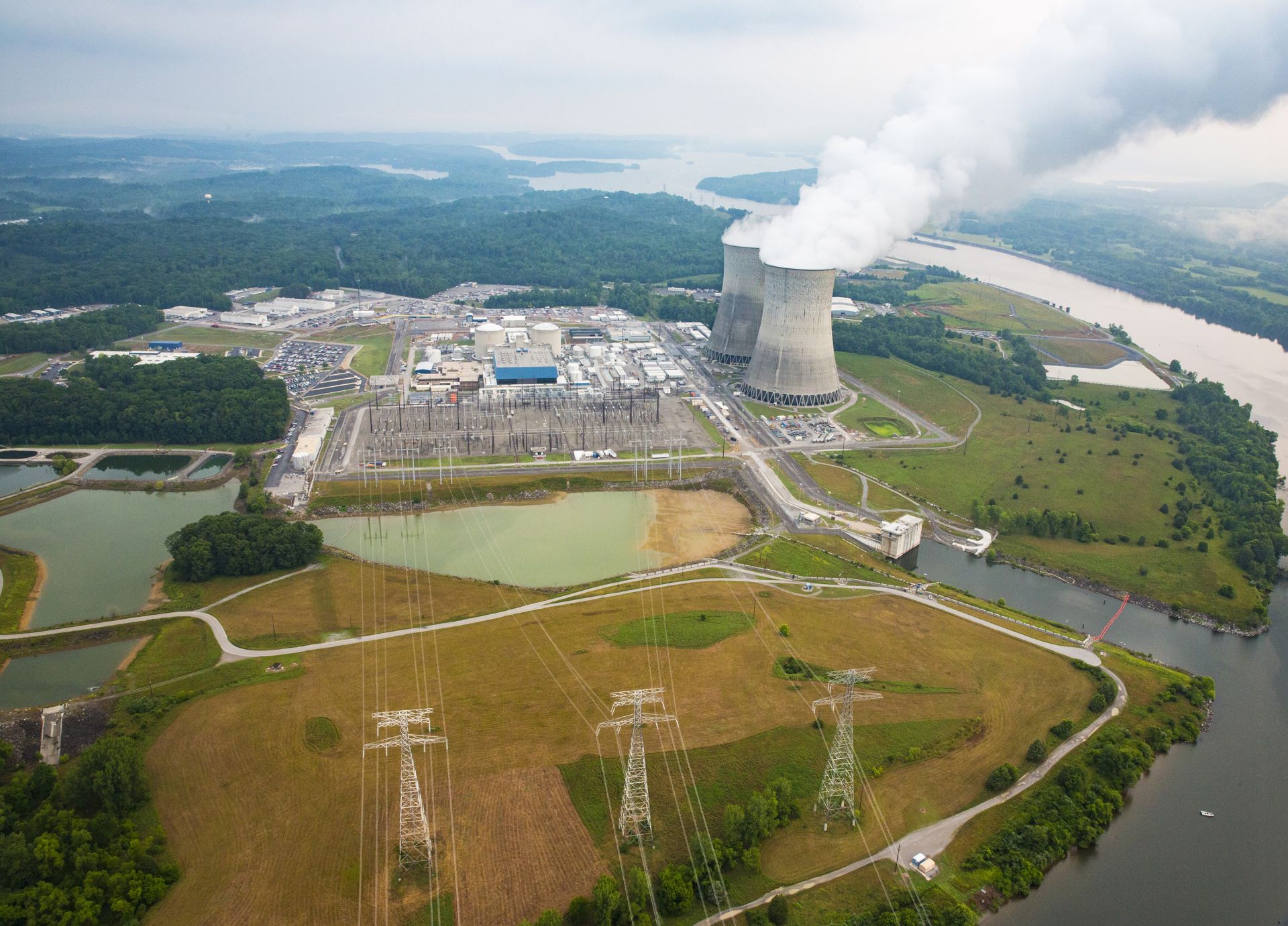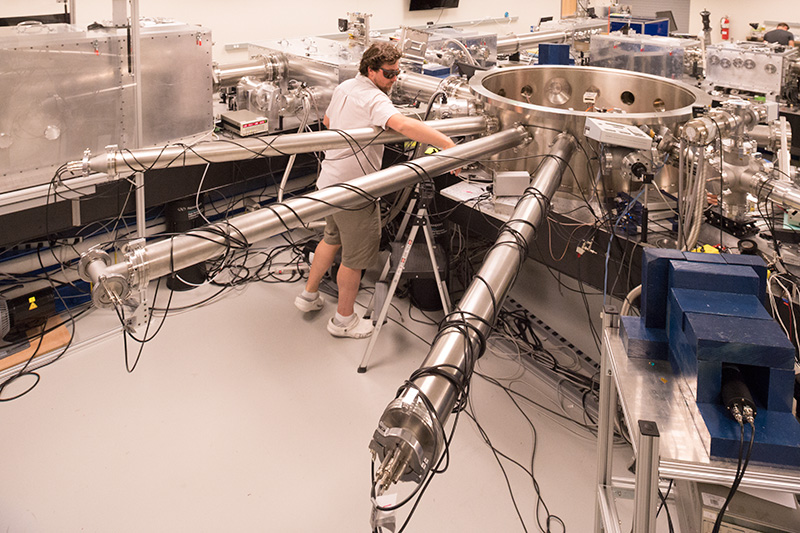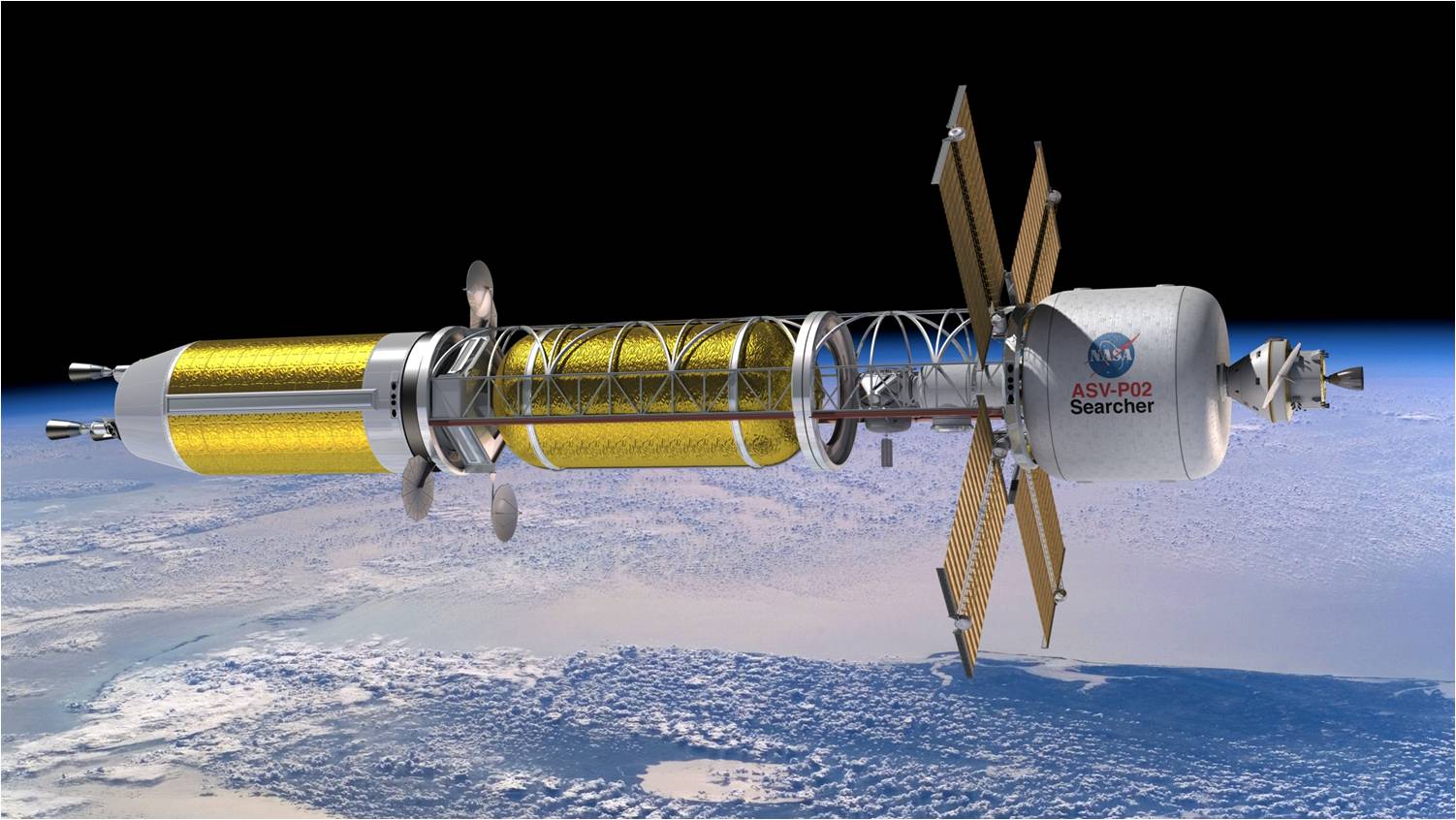TVA fined over employee protection violations
The Nuclear Regulatory Commission on October 29 imposed a civil penalty of $606,942 on the Tennessee Valley Authority for violating the agency’s rules involving employee protection, after proposing the fine and issuing four related violation notices in August.
Following investigations completed in October 2019 and January 2020, the NRC concluded that two former TVA employees had been subjected to reprisals for raising concerns regarding a chilled work environment.
In a November 4 Federal Register notice, the NRC notes that TVA responded to the proposed fine on September 23, denying all four violations and arguing (unsuccessfully) that “if the NRC continues to believe that the violations occurred, then at a minimum the NRC should reduce the severity level of the alleged violations and commensurately reduce the civil penalty.”




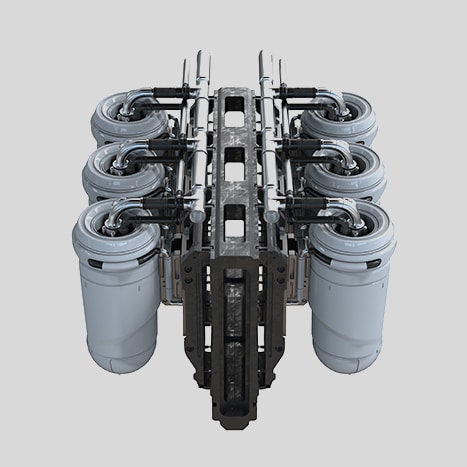
 The National Nuclear Security Administration has launched
The National Nuclear Security Administration has launched 